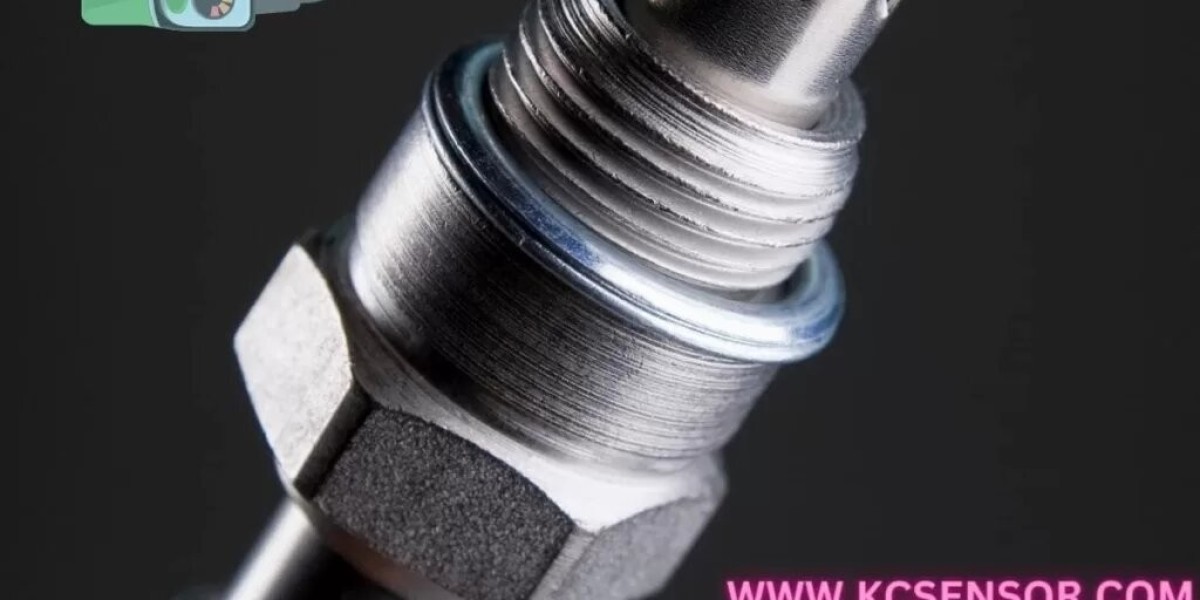These sensors play an important role in tracking the presence of suspended particles in liquids, whether they are found in wastewater treatment facilities, industrial discharges, or natural water bodies. By using TSS sensors, businesses and municipalities can monitor water quality, ensure compliance with environmental regulations, and improve operational efficiency.
What Are TSS Sensors?
TSS sensors are devices designed to measure the concentration of suspended solids in a liquid, such as water. Suspended solids refer to particles that are not dissolved in water and can range from fine silt and clay particles to organic debris like plant material or microorganisms. These particles can cause water turbidity, which affects water clarity, and, in some cases, leads to contamination. The role of TSS sensors is to provide real-time data on the amount of these particles in a sample, allowing for effective monitoring and management.
How Do TSS Sensors Work?
TSS sensors work by using light scattering or light absorption techniques to determine the concentration of suspended solids in a liquid. There are two main types of sensors used: optical and impedance.
Optical Sensors: These sensors measure the amount of light that is scattered by particles in the liquid. The greater the concentration of suspended solids, the more light is scattered. Optical sensors typically consist of a light source (such as a laser) and a detector that measures the intensity of scattered light. The amount of scattered light is then correlated with the concentration of solids in the sample.
Impedance Sensors: These sensors operate based on the principle that the presence of suspended solids changes the electrical conductivity of the liquid. When an electrical current is passed through the liquid, the impedance (resistance to the current flow) is measured. A higher concentration of particles results in higher impedance, which is then used to calculate the concentration of solids.
Applications of TSS Sensors
TSS sensors are used across a variety of industries and applications, where controlling water quality is crucial. Here are a few key examples:
Wastewater Treatment: Wastewater treatment plants use TSS sensors to monitor and control the effectiveness of their treatment processes. The sensors help determine when solids need to be removed, optimizing energy usage and chemical consumption while ensuring that discharge meets regulatory standards.
Environmental Monitoring: TSS sensors play a crucial role in monitoring the health of natural water bodies, such as rivers, lakes, and oceans. They help detect pollution, identify sedimentation issues, and ensure that aquatic ecosystems are not negatively impacted by contaminants.
Industrial Processes: In industries like food and beverage production, pulp and paper manufacturing, and mining, TSS sensors help to monitor and control the quality of wastewater generated during the production process. These sensors also help to reduce costs associated with water treatment.
Aquaculture: In aquaculture systems, maintaining clean water is essential for the health of aquatic organisms. TSS sensors provide data to control water clarity and quality, ensuring the sustainability of fish and shellfish farming.
Why Are TSS Sensors Important?
TSS sensors are indispensable for maintaining compliance with environmental regulations. By continuously monitoring the concentration of suspended solids, these sensors allow operators to make timely adjustments to water treatment processes and reduce the risk of environmental harm. They also provide accurate data for reporting to regulatory bodies, making it easier for industries and municipalities to avoid penalties for non-compliance.
Moreover, TSS sensors can improve operational efficiency by reducing the need for manual sampling and testing. Real-time data provides instant feedback, enabling operators to optimize systems, save on operational costs, and reduce their environmental footprint.
Conclusion
Total Suspended Solids sensors are crucial tools for modern industrial and environmental monitoring. Their ability to provide real-time data on water quality allows for more efficient management of wastewater treatment, environmental protection, and industrial processes. As industries continue to focus on sustainability and regulatory compliance, TSS sensors will remain vital in ensuring the health of both natural water systems and the environment at large.










